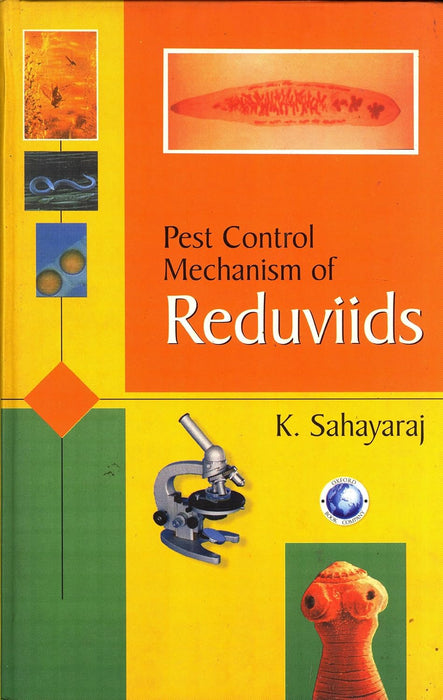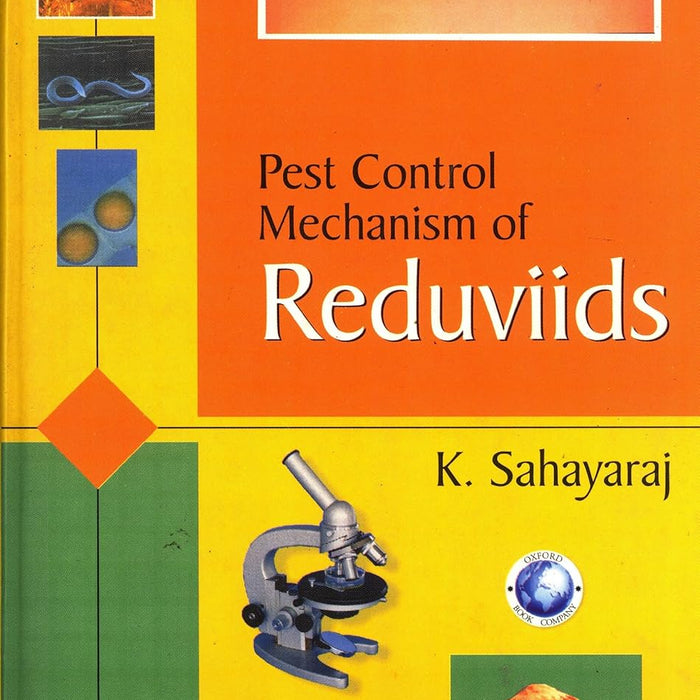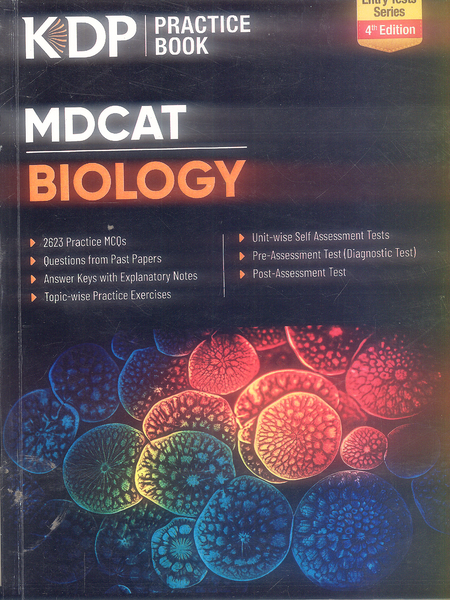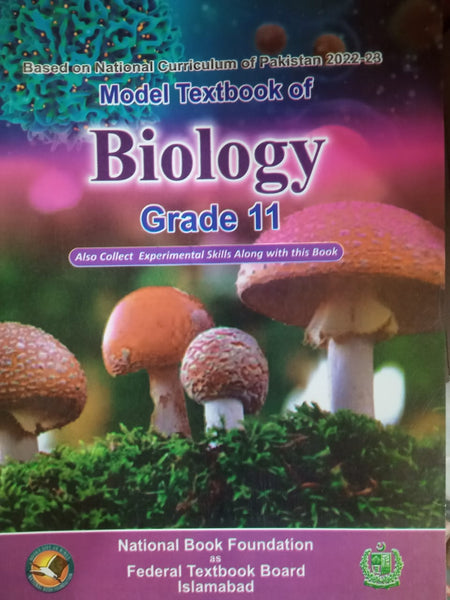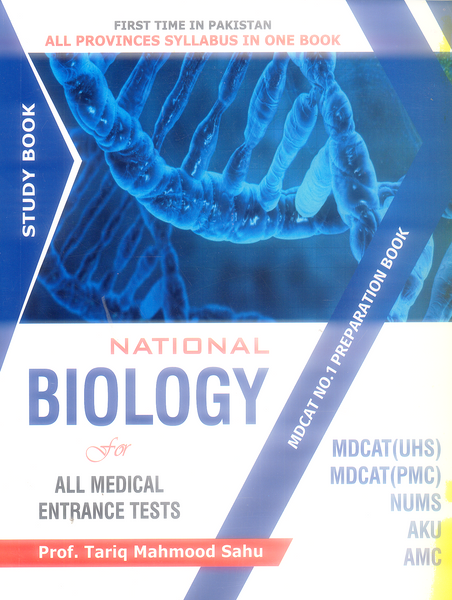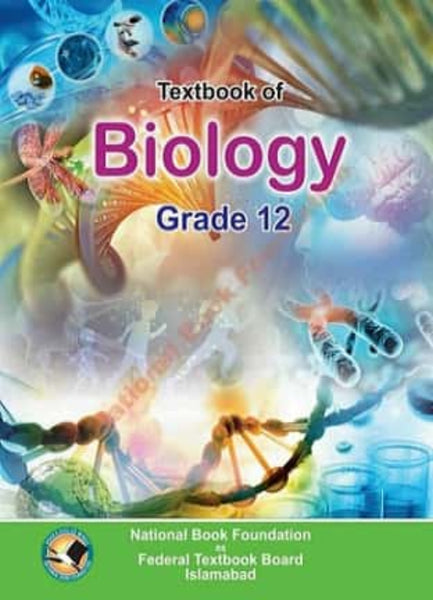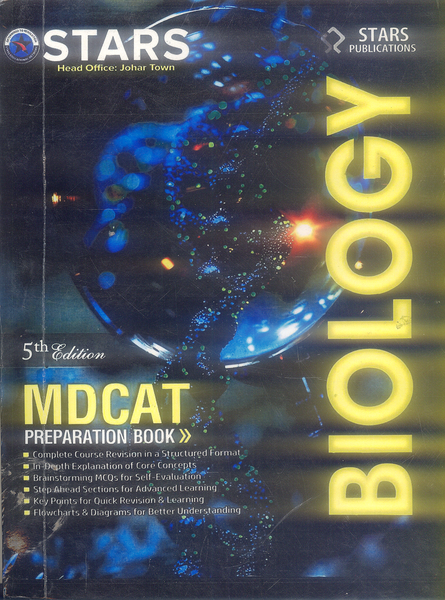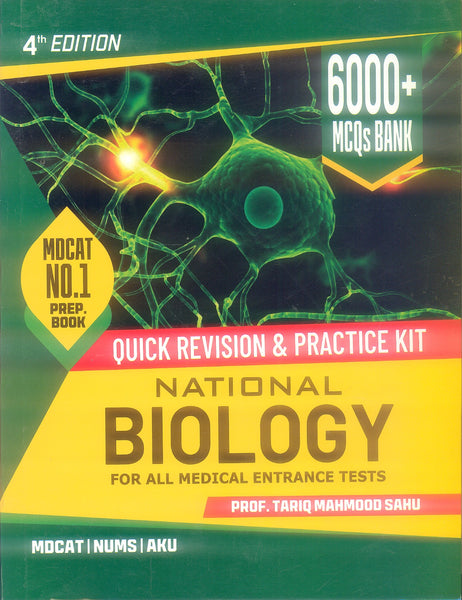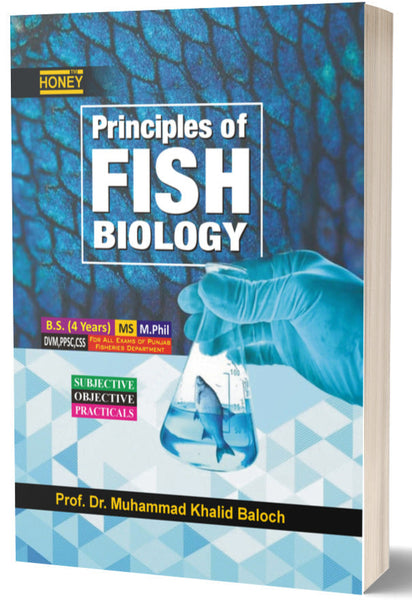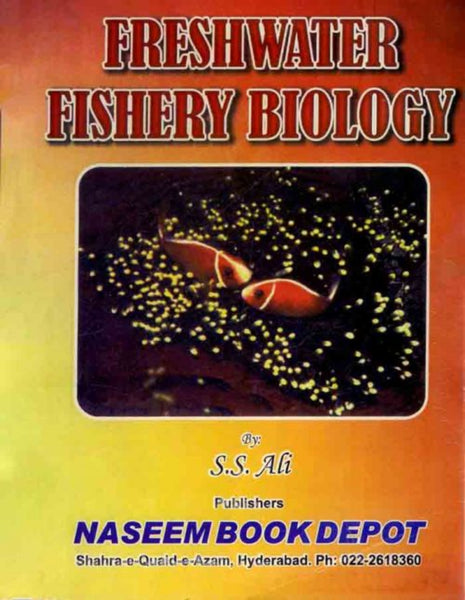Pest Control Mechanisms of Reduviids by K Sahayaraj (Author)
- Publisher: BIOLOGY
- Availability: In Stock
- SKU: 53882
- Number of Pages: 245
Rs.590.00
Rs.795.00
Tags: Agricultural Entomology , Agricultural Pest Control , best books , Best Price , Best Selling Books , Biological Control , Biological Pest Control , Eco-Friendly Pest Control , Ecological Pest Management , Insect Behavior , Insect Control , Insect Control Mechanisms , Insect Ecology , Insect Pest Control , Insect Predators , Insecticide Alternatives , Insecticides Alternatives , Integrated Pest Management , Natural Pest Control , ONLINE BOOKS , Online Bookshop , Pest Control , Pest Control Mechanisms of Reduviids by K Sahayaraj , Pest Control Methods , Pest Control Research , Pest Management Strategies , Pest Management Techniques , Reduviid as Predators , Reduviid Insects , Reduviid Species , Reduviidae Family , Reduviids
Pest Control Mechanisms of Reduviids by K. Sahayaraj explores the fascinating role of reduviids, commonly known as assassin bugs, in biological pest control. These insects are renowned for their predatory behavior, targeting a wide variety of agricultural pests, including aphids, caterpillars, and other harmful insects. The book delves into the natural mechanisms employed by reduviids to capture, subdue, and consume their prey. Sahayaraj highlights the ecological significance of these predators in integrated pest management (IPM) systems, providing insights into how their behavior, physiology, and environmental factors contribute to pest population control. Drawing on extensive research, the author discusses various strategies to enhance the role of reduviids in sustainable agriculture, making this book a valuable resource for entomologists, pest control experts, and agricultural professionals.
Key Points:
-
Biological Pest Control: Explores the potential of reduviids as natural predators in controlling harmful agricultural pests.
-
Predatory Behavior: Details the hunting techniques and predation strategies of reduviids, which include their unique ability to immobilize prey.
-
Ecological Role: Discusses how reduviids fit into the broader ecosystem and contribute to pest control in natural and agricultural environments.
-
Predator-Prey Interactions: Examines the complex dynamics between reduviids and their prey species, focusing on factors that affect predation success.
-
Physiological Mechanisms: Provides an overview of the physiological traits of reduviids that make them effective predators, such as their venom and specialized mouthparts.
-
Integrated Pest Management (IPM): Highlights the use of reduviids in IPM programs, promoting sustainable and eco-friendly pest control strategies.
-
Environmental Factors: Analyzes the impact of environmental conditions on the effectiveness of reduviids as pest control agents, including habitat preferences.
-
Diversity of Reduviid Species: Discusses the various species of reduviids and their differing roles in pest control, focusing on species most effective in agriculture.
-
Reproductive Strategies: Examines how the reproductive behaviors of reduviids contribute to their pest control abilities and population sustainability.
-
Practical Applications: Provides practical guidance on how to harness reduviids for pest control in agricultural settings, including challenges and solutions.
Conclusion: Pest Control Mechanisms of Reduviids is a comprehensive and insightful resource that underscores the significance of assassin bugs in sustainable pest management. By examining their predatory behavior, ecological importance, and potential for integrated pest management, this book offers valuable knowledge for professionals in entomology, agriculture, and pest control. It encourages the adoption of biological pest control methods, contributing to more eco-friendly and effective agricultural practices.
════ ⋆★⋆ ═══
Writer ✤ K. Sahayaraj (Author)

